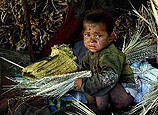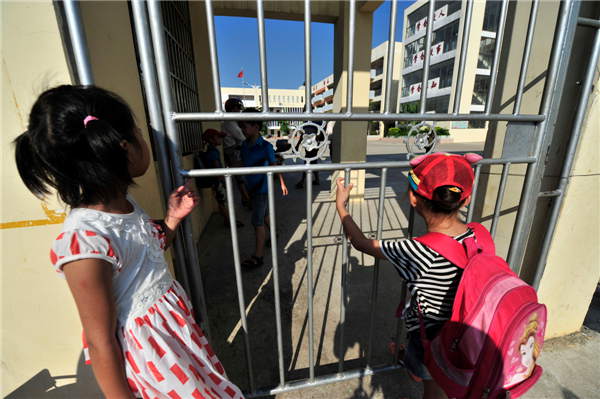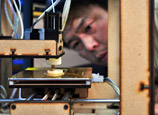
While it's widely acknowledged that the urbanization drive will help sustain China's economic growth, it's still a matter of debate whether the government will be able to finance the massive rural-urban shift.
City governments have been working to grant migrant workers equal access to welfare, but most said they are struggling to find the fiscal means to foot the bill.
So how much will the urbanization process cost?
Feng Qiaobin, a professor of economics at the Chinese Academy of Governance, has an answer.
Based on her calculations, the total cost of the urbanization drive, which includes expenses for education, pensions, housing and employment that would allow 158 million migrant workers to settle in cities, is likely to amount to 1.8 trillion yuan ($292.7 billion).
She said housing issues are the biggest concern for migrant workers, followed by the education expenses for the children moving with them, and then pensions and subsidies, social security and healthcare.
"It's not a question of whether the government has that amount of money or not, but, instead, of how to adjust the allocation structure to make it work," Feng said.
She said a common problem is the concentrated fiscal allocations to key cities, which encourages huge migratory inflows to those cities.
In an ideal scenario, the central government would cover the costs of social security and education, and the local governments should provide social assistance and low-cost housing.
Meanwhile, eastern cities are expected to have higher housing costs.
"If we choose to prolong the urbanization process to 2030, that will translate into 101 billion yuan per year, which is a totally acceptable amount," Feng said.
And regardless of the urbanization drive, the government has essentially been paying some of the bills, such as the new Rural Cooperative Medical Care System, an initiative launched to overhaul the healthcare system and make it more affordable for the rural poor.
That means the total expenditure for the urbanization process might be even lower than expected, Feng said.
Institutional reform is happening more slowly than the labor market integration process, which is being facilitated by migration. Therefore, many sociologists have been calling for a thorough reform of the budgetary and taxation systems, which prevents the local governments from relying heavily on land sales.
It is thereby of critical importance to unify the country's budgetary system, which is now handled both by the central and local governments, experts said.
A Moody's Investors Service report issued in March said that China's 2013 draft budget is credit negative for the local governments.
The results are likely to constrain the ability of local governments to fund mounting demands to provide services and infrastructure amid the country's continued urbanization drive, said Moody's senior credit officer Debra Roane.
The pressures are likely to lead some local governments to increase borrowing via financing vehicles, a practice likely to trigger high local debt burdens, Roane noted.
On the one hand, it is necessary to have a unified budget management of the governments' funds, since many non-budgetary funds are not included in the budget system at present.
China has reached the point where it is time to introduce another round of tax reforms, said Jia Kang, director-general of the Ministry of Finance's Institute for Fiscal Science.
"In 1994, China introduced the tax-sharing system, which categorized the country's tax revenues into central taxes, regional taxes, and several shared taxes. Transfer payments from the central government to localities are also part of the system to narrow regional differences," Jia said.
While the system has allowed the central government to have better access to tax revenues, it eventually led to the local governments' financial difficulties, he added.
"The key lies in the balance between local finances and central government funding and the need to keep in check any overflow of money in one area," Jia said.
He urged accelerated reforms to unify the system so that local governments can have a stable source of income.
Global experiences show that during the course of urbanization, income from tax revenues declines while the urban population keeps expanding, making it hard for modernization projects to stay on track.
Therefore, innovative public-private partnerships may provide a pragmatic solution to reconcile these opposite trends.
According to Robert Haas, senior adviser at GIZ GmbH, a government-appointed development solution provider, improvements in urban living can be made through partnerships that combine innovative philanthropic efforts from the private sector, forward-thinking policies from local governments, and support from nonprofit organizations.
"It's rare to see the public and the private sectors here in China make actual contacts in the urbanization process. In Germany, government input will result in seven times the investment amount from enterprises," he noted.
Rather than simply cutting back on services like healthcare, education and transportation, in the face of budget deficits, local governments can work with companies to change the way they are delivered, Haas said.
















 Deaths prompt concerns over elevator safety
Deaths prompt concerns over elevator safety


![]()
